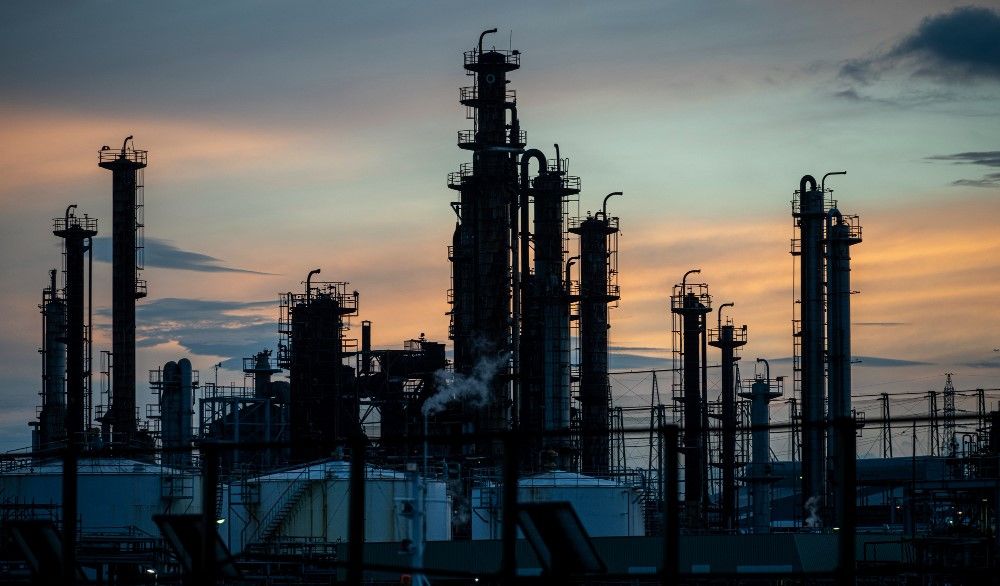Electric vehicles, a near-silent novelty just ten years ago, are now commonplace in most developed economies. But the continued expansion of this technology is drastically impacting not only automobile manufacturers, but also oil companies, with demand for oil predicted to drop by 5 million barrels a day by 2030.
At the same time, demand for olefins and aromatics is expected to rise as billions of people around the world enter the middle-class.
When combined, these market dynamics are causing the petrochemical industry to rethink how crude oil is best used at a time when the world is trying to reduce carbon emissions.

Achieving a carbon-neutral economy means making a paradigm change towards more efficient raw material use and finding sustainable feedstocks. By investing in Crude-to-Chemicals technologies, chemical companies are discovering revolutionary ways to refine petroleum, meet market demands, lower fossil fuel usage, and save money.
As a recent Forbes report on the subject notes, “Petrochemicals are set to account for more than 30% of the growth in oil demand by 2030 and close to 50% by 2050. This shift in demand brings significant opportunities for oil & gas companies like Aramco, ExxonMobil, Shell, and others.”

Under the current, conventional processes in use by the petrochemical sector, crude oil is converted into useful chemical products, such as petrol, kerosene, diesel, and naphtha, which are then utilised as feedstocks for a variety of petrochemicals. Crude-to-chemicals technology is a way to transform crude oil straight into petrochemicals - saving time, energy, money, and hopefully the environment.
“The era of crude-to-chemicals signifies a commitment to sustainability and a lucrative opportunity for profitability,” notes Sarwant Singh, a petrochemical industry analyst. “Crude-to-chemical will eliminate the intermediate refining process, bringing down complexity, minimizing downtime, and increasing overall productivity. Moreover,” he adds, “it enables producing a wide range of chemical products from a single feedstock and allows companies to capitalize on market demand for various chemical compounds.”
A recent study conducted by Markets and Markets, gave the crude-to-chemicals sector a $200 billion value by 2040 as a result of major investment in the technologies by petrochemical firms, such as Shell, Aramco, and Sinopec.
ExxonMobil, for example, already produces more than 1 million tons of olefins through crude-to-chemical processes.
A further example of chemical companies benefitting from this new relationship with crude oil can be seen in Aramco’s development of Thermal Crude to Chemicals technology (TC2C) – a process which produces ultra-low sulphur diesel, which meets with IMO regulations for low sulphur content in marine fuels.

The key to this shift has been the concept of more effectively using crude oil as a single feedstock to make chemical products. For example, conventional refining of a barrel of crude oil returns only a 10-25% yield of olefin products, such as ethylene and propylene. Whereas with a crude-to-chemical process, yields of 60-80% are expected. A similar rate of conversion is predicted from new processes for producing aromatics, such as benzene, xylene, and toluene.
As well as providing efficiency boosts, crude-to-chemical processes are also less impactful on the environment, by lowering energy consumption and consequently reducing carbon emissions.
“On an average,” the Forbes report notes, “a traditional refining process emits approximately 10-20 Kgs of CO2 per barrel of crude oil; let us consider a medium-sized refinery processing 100,000 barrels per day; this could result in annual CO2 emissions ranging from approximately 3 to 7 million metric tons. In contrast to traditional processes, crude-to-chemicals has the potential to reduce carbon emissions by up to 20-30%, thereby emitting approximately 2 to 4 million metric tons by the same refinery.”

Crude-to-chemicals technology offers oil and gas firms an improved revenue stream in the face of the industry's shifting dynamics and the long-term loss in revenue from transportation fuel. At the same time, chemical companies that integrate their assets and use crude-to-chemicals technology are thought to be able to increase their revenue from olefins and aromatics by around 50% and 30%, respectively. A profit boost that comes at a time when the breakeven point of a barrel of crude oil will decrease by 10% to 15% due to the decreasing revenues from fuel conversion.
It is a bottom-line difference and a technological advance that will have chemical industry executives sitting up and taking good notice of the progress being made in crude-to-chemical technologies.
Photo credit: Atlascompany, Wirestock, Freepik, Evening_tao, & Harryarts